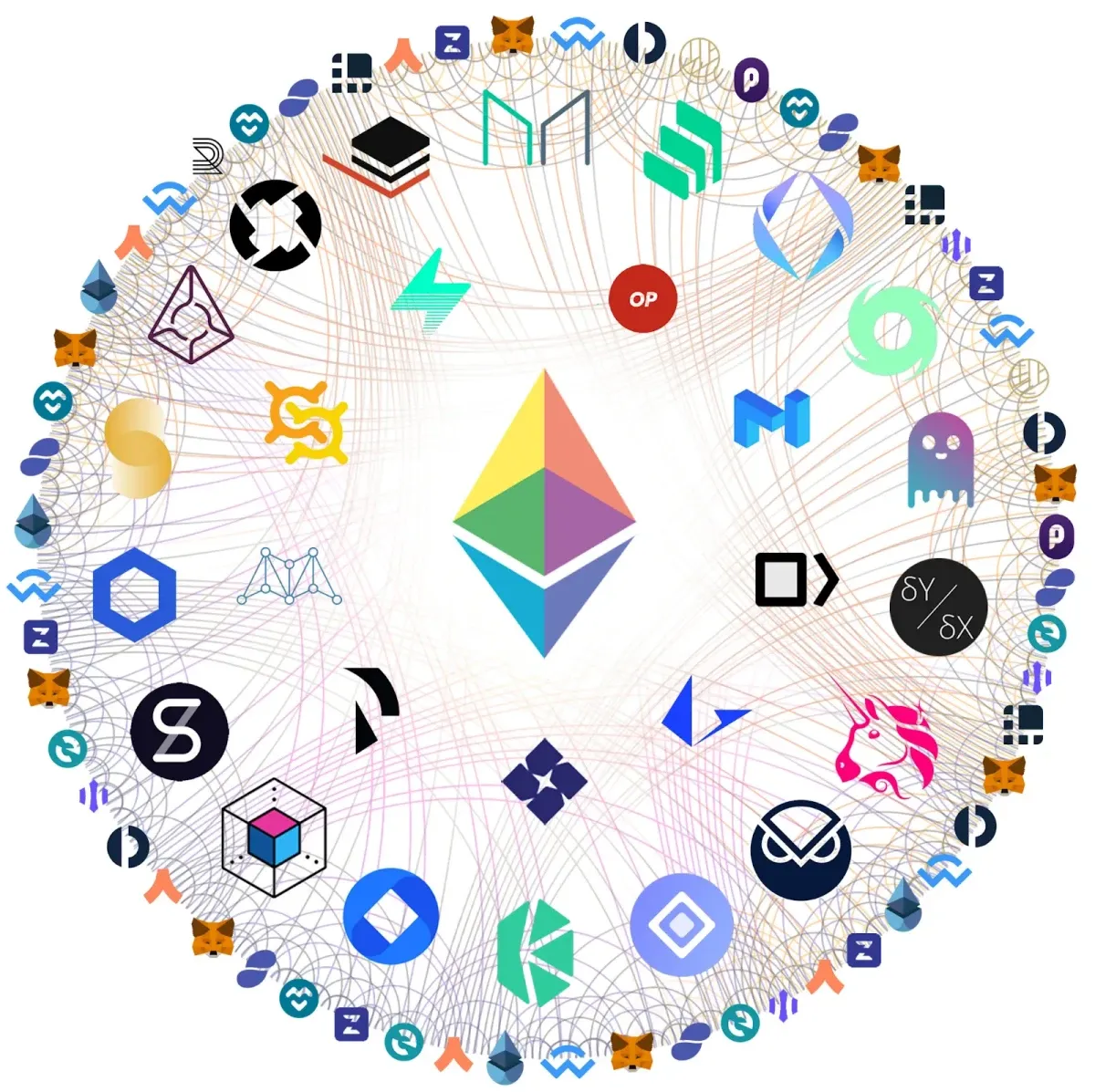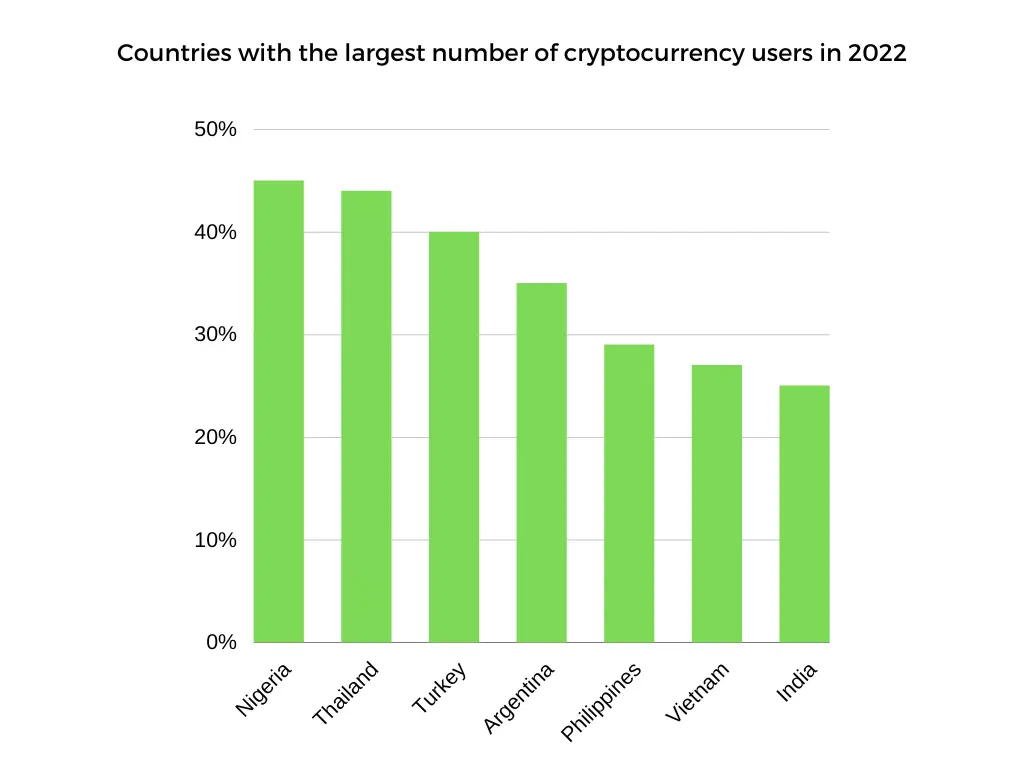How Privacy-focused Intellectuals Laid the Foundations For Web3
Over the last 15 years, the web has come to be dominated by a handful of powerful players. To access and use their proprietary platforms, we gradually give up our privacy, lose control of our data, and become vulnerable to censorship and manipulation. We did not fare much better with the global financial system. Money is managed non-transparently, for the benefit of a few and to the detriment of many, leading to a vicious concentration of power which often overrides nation-states’ agendas and ecosystems’ well-being.
These are some of the reasons computer scientists, mathematicians, and social-tech activists have combined different technologies — such as cryptography, peer-to-peer networks, and digital currencies — to reimagine the way we relate and exchange value in the digital world. After decades of research and development these innovators have provided us with the tools to tackle harmful centralisation and enact meaningful course corrections. The amalgamation of these tools is currently identified as ‘web3’, and presents an open invitation to enhance the way the internet and financial systems are designed and used.
The term ‘crypto’ is often used interchangeably with web3, although web3 is broader than cryptocurrencies. Crypto is a huge space, an ungovernable commons whose only barrier to entry is that it is not easy to navigate. To understand its real potential, to make conscious adoption and effective use of it, we should realise where it comes from and the essential values upon which it has been developed.
“Too often, the people disrupting any industry don’t understand deeply what they are disrupting. This is definitely the case with cryptocurrencies and the current financial system. It really is well worth your time to stop and become familiar with more history so that you can understand why we are where we are, what led us here, and — only then — what solutions might actually benefit you and those you care about.”
Andy Tudhope (Kernel)
The Cypherpunks and Precursors to Bitcoin (1980–2005)
The large-scale dissemination of cryptography as a means of protecting individuals’ rights to privacy and free speech — and therefore the root of cryptocurrencies and web3 — was initiated by a group of people known as the cypherpunks. The bizarre name is a play on the words cypher, encryption, and cyberpunk (a dystopian sci-fi genre), and it denotes those who first developed anonymous transacting systems to protect individual rights against the threat of state and corporate surveillance.

As Haseeb Qureshi’s article on the cypherpunks notes, the internet of the early 1990s was a desolate domain, populated mainly by hackers and nerds. The cypherpunks’ foresight lay in understanding how, once inhabited, profound changes in our economic and social systems would occur, with a harmful concentration of power by a few. To be ready for that moment and ensure internet freedom, they started a mailing list to talk and develop cryptographically secure digital infrastructure.
“We must defend our own privacy if we expect to have any. We must come together and create systems which allow anonymous transactions to take place… The technologies of the past did not allow for strong privacy, but electronic technologies do.”
E. Hughes, “A Cypherpunk’s Manifesto”
Some of the individuals on that mailing list are names you may have heard before:
- Jacob Appelbaum, Tor developer
- Julian Assange, founder of WikiLeaks
- Adam Back, inventor of Hashcash
- Bram Cohen, creator of BitTorrent
- Nick Szabo, designer of BitGold
- Wei Dai, designer of B-money
- Hal Finney, creator of Reusable Proof of Work
- John Gilmore, founder of the Electronic Frontier Foundation
- Eric Huges, founding member of the Cypherpunks movement
- Timothy May, chief scientist at Intel, and author of A Crypto Anarchist Manifesto.
As time went by, the cypherpunks realised that encryption alone would not be enough to liberate cyberspace. Since the end of Bretton Woods, central banks’ control over monetary policy had grown by leaps and bounds, making it clear that in order to build a truly free digital commons, a completely sovereign economy with a digitally native form of money would be required. This is what led them to build the foundation for Bitcoin.

“The words of anti-establishment intellectuals sow the seeds for revolution. They present ideas and sometimes discredit the establishment, paving the way for a charismatic leader to package their thinking into a movement.”
Tony Sheng
Bitcoin: The Revolution of Trust (2009)
With the global financial meltdown in 2008, trust in the banking system was under strain, and cypherpunk skepticism was once again justified. After many years of socio-political commitments and technological breakthroughs, there were enough developments for Satoshi Nakamoto to combine into a working protocol. In January 2009, the Bitcoin network launched as an alternative to the opaque and fallacious logic of the then-current financial system.
“The root problem with conventional currency is all the trust that’s required to make it work. The central bank must be trusted not to debase the currency, but the history of fiat currencies is full of breaches of that trust. Banks must be trusted to hold our money and transfer it electronically, but they lend it out in waves of credit bubbles with barely a fraction in reserve. We have to trust them with our privacy, trust them not to let identity thieves drain our accounts. Their massive overhead costs make micropayments impossible.”
Satoshi Nakamoto
As Yuval Noah Harari wrote in his 2014 book, Sapiens, more than 90% of the entire world’s money exists only on computer servers, making it a “de facto” digital currency. Therefore, Bitcoin’s disruptive value proposition is not the invention of digital currency, but its methodology in guaranteeing the trustworthiness of digital currency. Leveraging advanced cryptography and blockchain technology, Bitcoin indeed enables a network of peers to create and maintain a functional money system without the need for trusted intermediaries, laws, and governments.
This is why it is not only a technological revolution but also, above all, a socio-political one: there is no longer a single entity able to decide upon the validity of supply and transaction history, but an entire community.
Hoards of people in shackles and broken clothes standing up all saying "I am Satoshi Nakamoto!"
We Are All Satoshi
To grow and succeed, the project needs the voluntary commitment of its participants, who are mathematically incentivized to sustain the network for the benefit of both others and themselves. This is what Bitcoin is about: a decentralised payment system with a distributed incentive structure that we collectively engineer and freely opt into.
“For the first time in history, we need not revolt against a system of violent legal enforcement. We can abandon it for openly verifiable mathematics, which we subscribe to by acts of our own volition. This is because, in the world wide web, running code is more powerful than holding elections.”
Kernel
Ethereum: The Collaborative World Computer (2013)
In working with and writing about blockchain and Bitcoin for a while, the young programmer Vitalik Buterin realised that cypherpunk ideals of privacy, financial freedom, and open-source development could extend to many other applications beyond money. Following his vision, along with a small group of programmers, he launched Ethereum: a peer-to-peer network and community-operated blockchain to codify, secure, and trade just about anything.
To make a quick comparison between Bitcoin and Ethereum:
- Bitcoin is a payment network that can be used to transfer value between two people anywhere in the world without intermediaries.
- Ethereum is an open-source platform and base-layer infrastructure that enables anyone to write smart contracts and decentralised applications.

Imagine Ethereum as a diverse ecosystem of individuals and organisations that build and grow alongside a protocol designed to facilitate human coordination and play infinite games. No single individual or entity has made it what it is today, rather it is a collective that has organically evolved the ecosystem to become more vibrant and diverse.
Thanks to its decentralised nature, open-source standards, and interoperability, Ethereum benefited from a great deal of bottom-up innovation and active participation. This led to rapid growth and has made it the most widely used blockchain for building and playing around with DeFi, NFTs, and DAOs.
“Ethereum is an organisational “dark matter” that can coordinate galaxies of people, and it has the ability to create new Schelling points anchored in shared, tokenized stories.”
Simon de la Rouviere
Web3: The Trustless Web
What brought us to web3 was decades of research and development by people who cared about making the internet more equitable, open, and decentralised. Crypto was born out of shared values and principles, rather than from desires of conquest, money, and power. To date, many of the revolutionary promises it has made are still under development, making it an easy target for the disillusioned, the cynics, and the pessimists. It must be acknowledged, however, that many steps have been taken so far.
Over the last few decades, a growing number of people began engineering and using new composable primitives for permissionless value exchange. Many discovered the power of collaboration and community and started exploring new organisational structures with inclusive governance mechanisms. Professionals, users, and third parties voluntarily contributed to add value to different projects and the reward was then shared amongst them instead of only accruing to founders or financiers.
With public blockchains, we could now make institutions transparent. Moreover, by becoming a digital asset, money, stocks, bonds, IDs, and real estate can engage with smart contracts to become programmable, and therefore be managed in more unequivocal and efficient ways.
Different blockchain applications have come into being, enabling us to design protocols rather than platforms, and to take agency over our data and money. Perhaps this has gone by the wayside in developed economies, but for people living where hyperinflation is a reality and access to financial systems is more limited, cryptocurrency stepped in as a lifeline.

If you are in the U.S., the UK, or Singapore, crypto might be a fun way to speculate on meme coins and NFTs. However, if you are in Nigeria, Argentina, or Afghanistan, it represents a means for survival and dissent amid corruption and censorship.
"Crypto is currently the only solution that combines the benefits of digitalisation with cash-like respect for personal privacy."
Vitalik Buterin
It should come as no surprise, then, that the countries with the highest adoption rates are those where cryptocurrencies are used as originally intended: for confronting tyranny and ensuring financial freedom. In other words, to rethink a global political economy and to make it more public and accessible.
To date, the parts of the crypto space that are honourable are those that actually stay true to its core principles of decentralisation, privacy, openness, and transparency. Everything else is just old vicious cycles running on blockchain rails.
As with any significant innovation, there is no shortage of challenges to overcome, and very little is truly decentralised yet. However, having a negative, belittling, or passive approach will not improve our present condition. If we care about the future to which we are contributing, we should understand the societal implications of our involvement in the crypto space.
Instead of doing the easy thing or the one that pays apparently more, now is the time to realise that we have the agency to reimagine the digital realm as a place where the people, more than corporations or governments, are the protagonists. The degree of imagination and change will only depend on how hard we care and commit.
“People must come and together deploy these systems for the common good. Privacy only extends so far as the cooperation of one’s fellows in society… We cannot expect governments, corporations, or other large, faceless organisations to grant us privacy out of their beneficence. It is to their advantage to speak of us, and we should expect that they will speak.”
E. Hughes, “A Cypherpunk’s Manifesto”
The Committed Will Lead the Way
Thanks to collaboration and composable bottom-up innovation we are demonstrating that it is possible to leverage collective intelligence to find better answers. We do not currently need superior technology, but more willful participation. The web3 stack alone will not empower us as individuals and as a society. It is on us, the users and builders, to understand its real potential and use it accordingly; to cultivate systems where longevity, prosperity, and reciprocal well-being are at the core.





